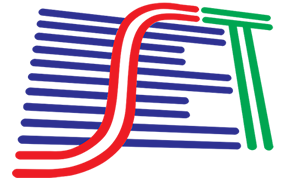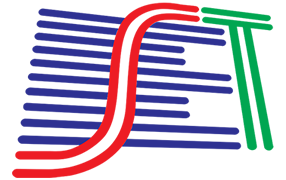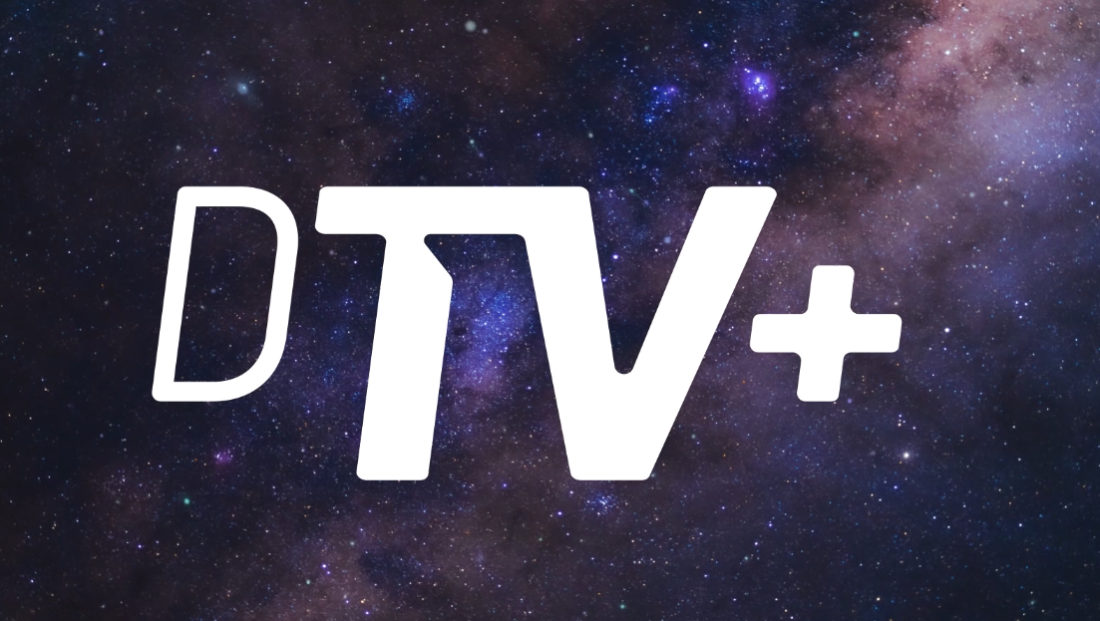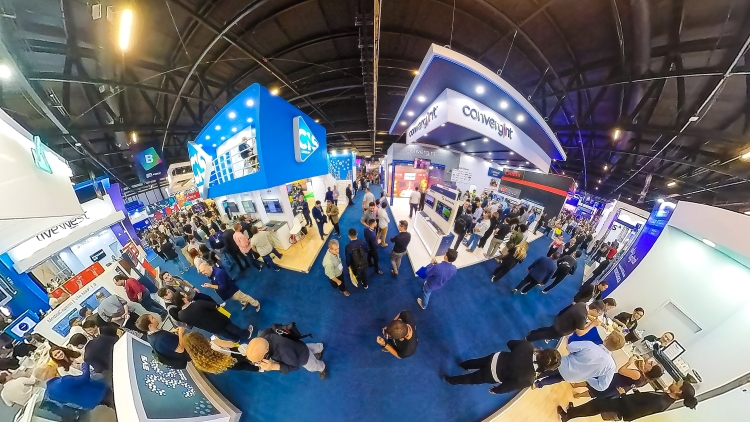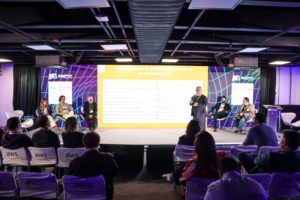
TV 3.0: direct communication between public agencies and the population
The result of a partnership between SET Magazine and UNESP, the panel “TV 3.0 and the Public Communication Space” closed the program of Room 3 at SET Expo 2024, discussing the advantages of TV 3.0 and its consequences for the public communication space. With technological advances and the digitalization of communication media, TV 3.0 promises to radically transform the way content is transmitted and consumed, offering more interactivity, personalization, and superior image and sound quality. After all, it will be the first major revolution in the way we watch television in almost 100 years of this medium.
This scenario was the theme for the discussion, moderated by Fernando Moura, editor-in-chief of SET magazine, on the role of public policies in regulating and promoting TV 3.0, as well as for evaluating technological innovations based on the interests of the public in order to contribute to the democratization of access to information. “We need to show where we are, where we want to go and where we are going to go,” said Luciana Rivelli, administrative director of the Jundiaí city council. “In addition to what will be on the screen, users will be able to access countless content related to the programming,” said André Barbosa, CEO of Le Bar Comunicação Digital.
Having a PhD in audiovisual media and processes from ECA-USP and over 20 years of experience as a television executive, Adriano Adoryan is the solutions manager at RNP and responsible for phase 3 of TV 3.0. He began his speech by emphasizing how Brazil is a world leader in digital services, which will be a great tool for the revolution that is to come. He also emphasized how, with the standardization of the quality of the services that are to come, public TV will, for the first time, start on an equal footing. And even if the audience is not comparable, the important thing is that public policies aimed at different demographic groups can be broadcast, resulting in more efficient communication by government agencies.
Adriano Adoryan also raised questions about the accessibility of TV 3.0, and highlighted advantages such as the hybridity between digital and over-the-air signals, various filters, such as age ratings, that can be applied at any time of day, and integration with cell phones. Also participating in the panel were Bráulio Ribeiro, director of operations, engineering and technology at EBC, and Prof. Dr. Francisco Machado Filho, from the Júlio de Mesquita Filho São Paulo State University.
